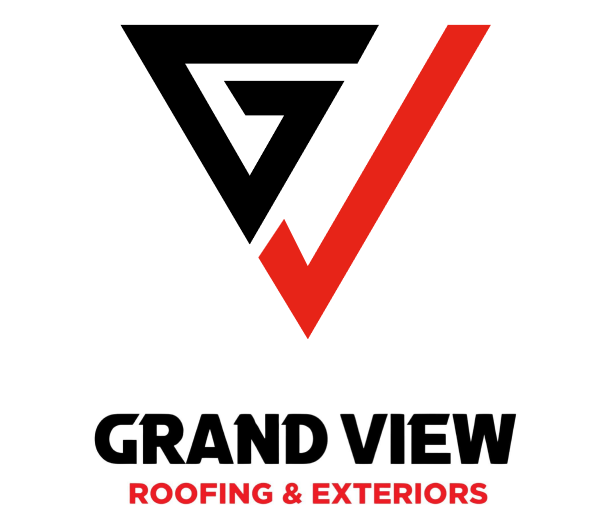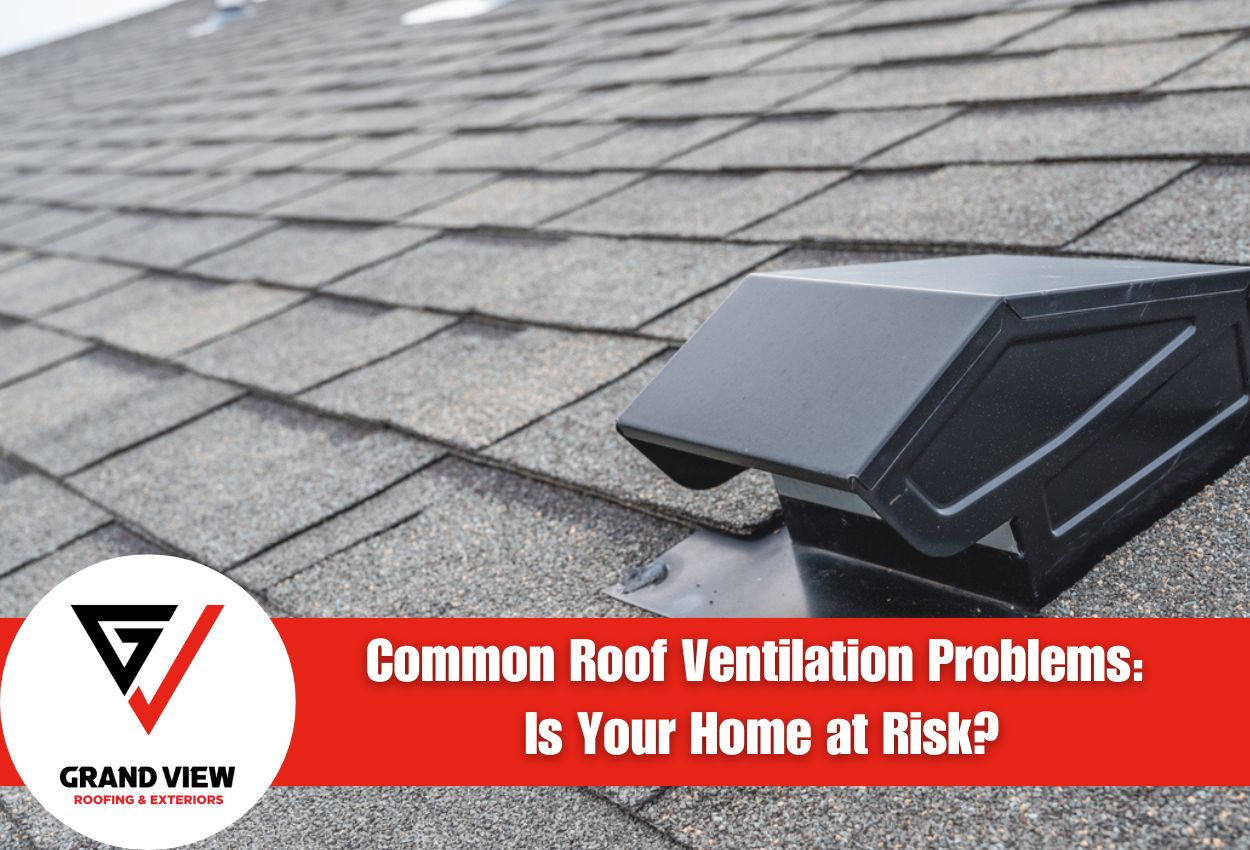When the ventilation system within your home is functioning correctly, it regulates temperature, prevents moisture buildup, and extends the life of your roofing materials. Unfortunately, many South Jersey homes suffer from ventilation problems that homeowners may not recognize until significant damage has occurred.
The region’s humid summers and cold winters create unique challenges for roof ventilation systems. Without the right amount of airflow, excess heat can become trapped in your attic during summer months, forcing your air conditioning to work harder and increasing energy costs. During winter, poor ventilation can lead to moisture accumulation, potentially causing wood rot, insulation damage, and even dangerous mold growth.
From insufficient intake vents to blocked exhaust paths, several common roof ventilation problems affect homes throughout South Jersey. Recognizing these issues early can save you from expensive damage and health concerns while ensuring your home remains comfortable year-round.
Signs of Inadequate Attic Ventilation You Shouldn’t Ignore
Recognizing the warning signs of poor attic ventilation can save South Jersey homeowners from expensive repairs and health hazards. Inside your attic, look for wet or discolored insulation, rust on nail heads, or dark roof decking, which are all indicators that moisture is trapped, rather than properly vented. You might also notice frost accumulation on the underside of the roof during the winter, or excessive heat when you enter the attic space during summer.
Living spaces often provide additional clues. Peeling paint, warping woodwork, or water stains on ceilings suggest moisture problems stemming from poor roof airflow. Unusually high energy bills, particularly during periods of extreme temperatures, can indicate your HVAC system is working overtime to compensate for heat buildup in an unventilated roof.
South Jersey’s unique climate creates specific challenges for ventilation throughout the year. During summer heat waves, insufficient ventilation allows attic temperatures to soar above 150 degrees Fahrenheit, accelerating shingle deterioration and potentially voiding manufacturer warranties. In winter, the freeze-thaw cycles common to our region can cause ice dams when warm air from improperly vented attics melts snow on the roof, which then refreezes at the eaves. These conditions create perfect environments for mold growth due to improper roof ventilation, compromising your home’s structure and your family’s health.
How Poor Roof Airflow Damages Your Home and Wallet
When roof ventilation fails, the damage extends far beyond simple discomfort. The structural integrity of your home faces serious risks as moisture becomes trapped in your attic space. Over time, this excess moisture warps and rots the roof deck, causing it to sag and deteriorate. The wooden rafters supporting your roof may also begin to decay, weakening the entire roofing system. Even your insulation suffers as it becomes compressed and ineffective when saturated with moisture from inadequate roof venting.
The financial impact of poor roof airflow is equally concerning. In South Jersey’s humid summer months, trapped heat in your attic can force your air conditioning system to work overtime. This form of heat buildup in unventilated roofs leads to significantly higher energy bills as your HVAC system struggles against the constant heat transfer from above. During winter, the same ventilation issues prevent moisture from escaping, creating perfect conditions for mold growth due to improper roof ventilation.
Moisture Buildup: The Silent Destroyer of Roof Systems
Water damage from poor roof ventilation represents one of the most dangerous threats to your home’s structural integrity. In poorly ventilated attics, warm, moist air becomes trapped and condenses when it contacts cooler roof surfaces. This condensation process creates a persistent dampness that penetrates roofing materials from the inside out. As this moisture cycles through different roofing layers, it progressively weakens adhesives, corrodes fasteners, and causes wooden components to warp and rot.
South Jersey’s climate creates perfect conditions for moisture-related roof damage. The humidity during summer drives excessive moisture into attic spaces, while fall and spring temperature fluctuations cause repeated cycles of condensation. During winter, the moisture problem becomes even more damaging as our freeze-thaw patterns force water into tiny cracks that expand when frozen, creating larger openings for future water intrusion.
This trapped moisture doesn’t just damage your roof, it creates ideal conditions for mold and mildew growth. Left unchecked, these organisms spread through your attic, degrading air quality and potentially causing respiratory issues for your family. The health implications are significant. Residents living in homes with mold growth due to improper roof ventilation often report increased respiratory symptoms, including coughing, wheezing, throat irritation, and nasal congestion.
For those with asthma or existing respiratory conditions, these symptoms can be particularly severe. Children and elderly family members typically show greater sensitivity to these indoor air pollutants. Professional roofing contractors can evaluate your current ventilation system and recommend improvements that help maintain healthier indoor air quality while protecting your roof’s structural integrity.
The Effect of Extreme Temperature in Unventilated Roofs
Unventilated roofs in South Jersey face severe challenges during extreme temperatures, creating problems that cascade throughout your entire home. During the summer, heat buildup in unventilated roofs can cause shingle temperatures to reach 150 degrees or higher. This excessive heat literally bakes your roofing materials, causing premature aging, cracking, and shingle warping. The intense heat also accelerates the breakdown of asphalt materials, potentially cutting your roof’s lifespan by 40% to 50% compared to properly ventilated systems.
The effects extend beyond your roofing materials. Rooms directly beneath an unventilated roof often become unbearably hot, creating temperature imbalances throughout your home. Many South Jersey homeowners report upper-floor temperatures that are 10 to 15 degrees higher than lower levels during summer heat waves.
Winter brings different but equally damaging conditions. Without proper ventilation, warm air from your living spaces rises and collects in the attic, heating portions of your roof. This creates uneven snow melting patterns, where snow melts at higher sections only to refreeze at the eaves. These ice dams prevent proper drainage, forcing water beneath shingles where it can damage decking, insulation, and even interior walls. South Jersey’s fluctuating winter temperatures make these cycles particularly problematic, as we experience frequent freeze-thaw periods that intensify ice dam formation.
Professional Solutions to Common Roof Ventilation Problems
Addressing roof ventilation problems requires specific solutions tailored to your home’s design and South Jersey’s climate conditions. For homes with minimal ventilation, installing a balanced system of ridge vents and soffit vents creates natural airflow that works year-round. These passive systems are particularly effective in our region, where temperature changes are common. For homes where traditional venting is challenging, power vents or solar-powered attic fans can provide mechanical assistance, which is especially beneficial during our humid summer months.
While some improvements to ventilation can be handled by experienced homeowners, professional assessment is essential when dealing with complex roof designs or when moisture damage is already present. A professional ventilation inspection typically includes attic temperature readings, moisture level testing, airflow measurements, and a thorough examination of existing vents for blockages. Professionals can also identify less obvious issues like improperly installed insulation blocking soffit vents, or inadequate vapor barriers contributing to moisture problems.
When selecting ventilation solutions, South Jersey homeowners should consider options that address both summer heat and winter moisture concerns. Quality roofing contractors will recommend systems that maintain proper airflow regardless of seasonal changes, preventing both heat buildup in unventilated roofs and moisture damage from inadequate roof venting. Professional installation ensures your ventilation system will function correctly throughout its lifespan, protecting your entire roof structure.
Protect Your Home with Effective Roof Ventilation Solutions from Grand View Roofing & Exteriors
Are you noticing signs of moisture buildup, unusual odors, or extreme attic temperatures in your home? These could be critical indicators of roof ventilation problems, which, if ignored, can lead to severe damage to your home’s structure and air quality. Luckily, Grand View Roofing & Exteriors specializes in diagnosing and resolving such issues, ensuring your home remains safe, energy-efficient, and comfortable regardless of the season.
Call our team today at (856) 305-9883 to schedule a professional assessment and enjoy a healthier, more durable home environment. Effective ventilation solutions are just a phone call away.





 Call Us Today - (856) 305-9883
Call Us Today - (856) 305-9883 
